Load Transfer Explained
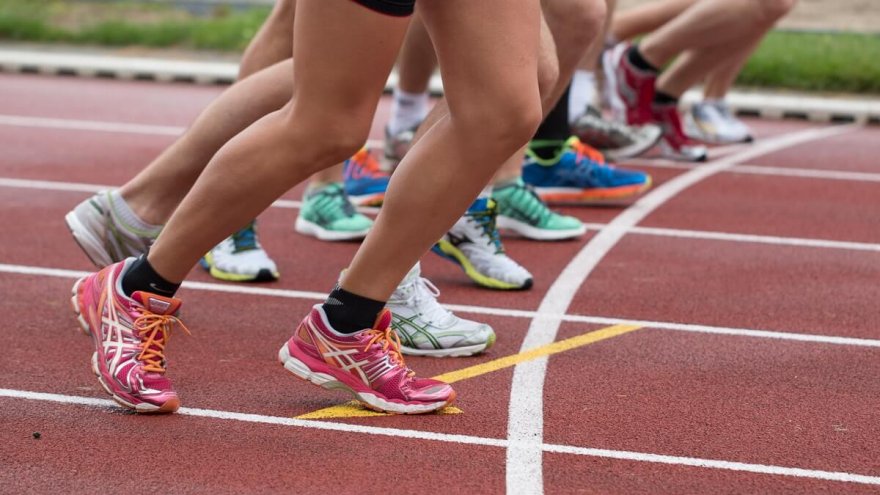
Running sounds easy, right? You throw your running shoes on, take a deep breath, and put one foot in front of the other. It’s just you, willpower, sweat, and the open road (or treadmill, nature trail, etc). But the biomechanics of running, depending on how far down the rabbit hole you want to go, are actually pretty complicated. Perhaps one of the most complicated issues of running is unlearning bad habits that took years to form.
Most of us have been running, in some way or another, since we were toddlers. As we grew up, we’ve also watched others run – maybe our parents, or joggers around the block, other kids at P.E. in school, people running on television or in the movies. And the fact is that most people don’t run correctly. Does it matter if you’re not a professional runner and don’t compete? Yes, it does, especially if running is something you would like to keep doing for the rest of your life. Learning the correct way to run for your body and changing any bad running habits can eliminate your risk for many common injuries.
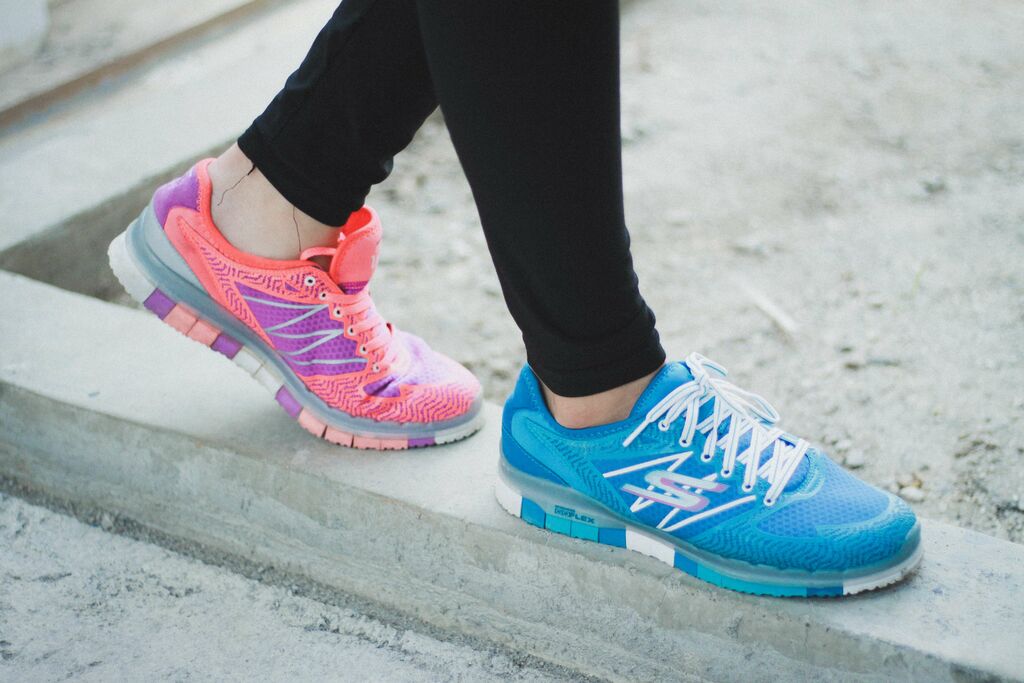
Wikipedia describes running as “a form of terrestrial locomotion”, which is a) a really fun way to describe running, and b) a great way to remember that the action of running takes a lot of moving parts working together to achieve the movement, or locomotion. In this blog we’ve covered several of these important moving parts of the running cycle, such as Foot Strike, Running Cadence, Pronation, and more. Each part ties in closely to a different part to create the running motion as a whole, and for that reason, it’s important to keep all of the parts in mind for context. Here’s a quick summary of the biomechanics of a running stride, and then we’ll take a closer look at what Load Transfer means.
The Cycle of a Stride
- First contact – Your foot touches the ground. Where it touches first will depend on your footstrike (it may be your heel, midfoot, rear foot, or anywhere in between).
- Absorption – This is the “breaking” or “loading” stage, when the load of force is transferred from your foot to the ground.
- Midstance – Your foot is fully on the ground and stabilized.
- Propulsion – Your foot begins to come off of the ground as you push off.
- Toe off – The final stage of your foot being on the ground. Your toes are the last part of your foot to touch the ground before lifting off.
- Initial swing – Your hip extends and your foot is brought fully off of the ground.
- Mid-swing – Your hip flexes and brings your foot back towards your other foot (which is now in mid stance).
- Terminal swing – Your foot is brought back into position to again make first contact with the ground again.
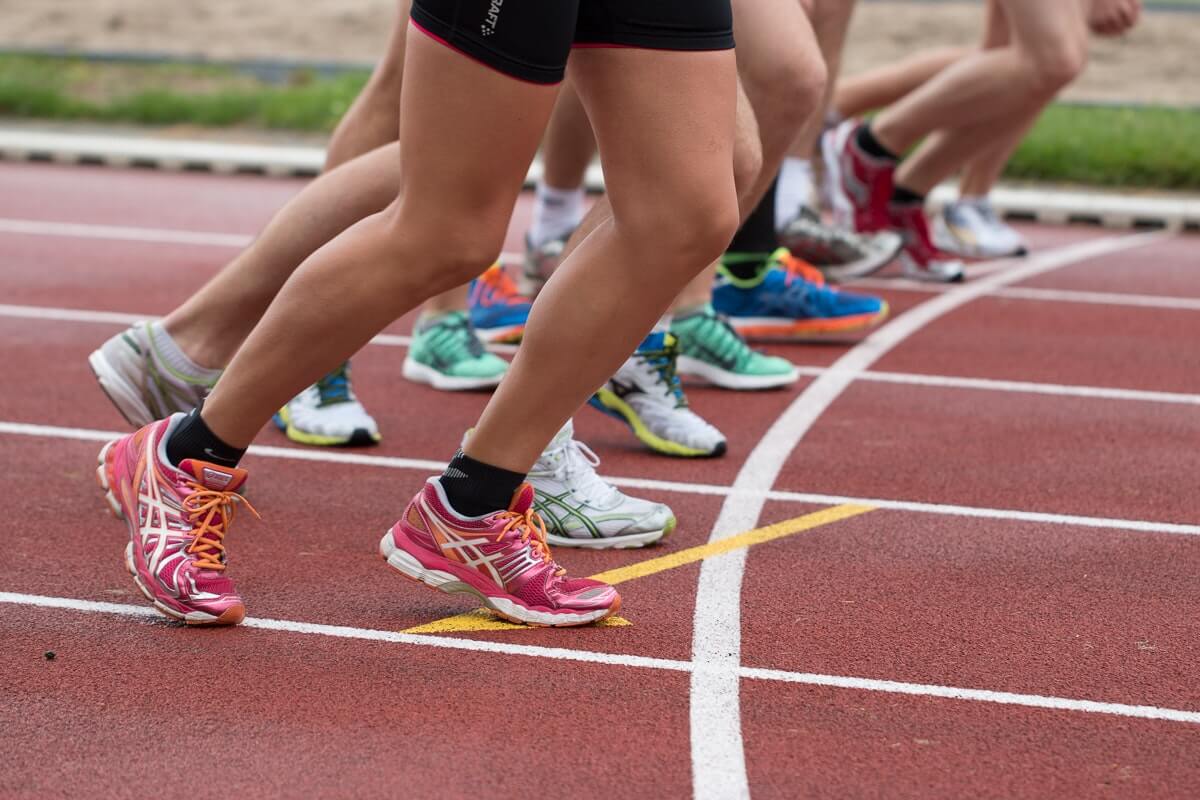
What Is Load Transfer?
When engaging in weight-bearing activities like standing, walking, or running, the surface of your foot is subject to ground reaction forces (GRF), or plantar pressure (the word plantar means “relating to the sole of the foot”).
Generally, the term “load transfer” is used to describe the transfer or distribution of weight across a discontinuity such as a joint or crack (AASHTO, 1993). When specifically referring to the running stride, it’s used to describe the section of your stride where your foot transfers the load of force/weight of your body through the joints, bones, and muscles of your legs and feet to the ground. How your load transfers is very individual for each runner and can vary according to your body type and weight; the structure of your foot and whether you experience underpronation, overpronation, or neutrality; the way your heel strikes the ground; how fast or slow you are running; the type of shoe you are wearing; the strength of your different muscle groups; and your good or bad habits as a runner.
The many different variables can seem overwhelming, but there are some simple changes you can make to improve your load transfer. Work your way slowly through the list below, and make positive changes wherever you can.
Your body type and weight. To a certain extent, you can’t really change your body type, and that’s ok. What’s more important for every body type is maintaining a healthy weight, which will, in turn, take some stress off of your joints during load transfer. If you’re already a runner, chances are good that you’re pretty healthy in body and mind, so you’re already a step ahead of the game. Eating a healthy diet like the Mediterranean style diet (healthy fats, fresh fruits, and vegetables, fish and poultry, legumes, some whole grains, no red meat) has been shown to have a great positive effect on keeping a healthy BMI (body mass index).

The structure of your foot and pronation. Over 70% of the population are thought to overpronate, whereas the foot is planted on the ground the ankle rolls too far inward and transfers weight to the inner edge of your foot. Another 10% are believed to underpronate, where the opposite happens and the ankle rolls outward. That leaves about 20% of the lucky people who are just neutral and plant their feet evenly. While you can’t change your foot type, you can invest in shoes made especially to neutralize your under or overpronation and therefore improve your load transfer.
The way your heel strikes the ground. While most agree that a midfoot strike is an optimal way for your foot to hit the ground and equally beneficial to a good load transfer, not everyone can agree on whether or not a foot strike is something you can change, or if it’s something you should try to change. It’s best to read up on the subject of foot strikes and see what’s right for you.
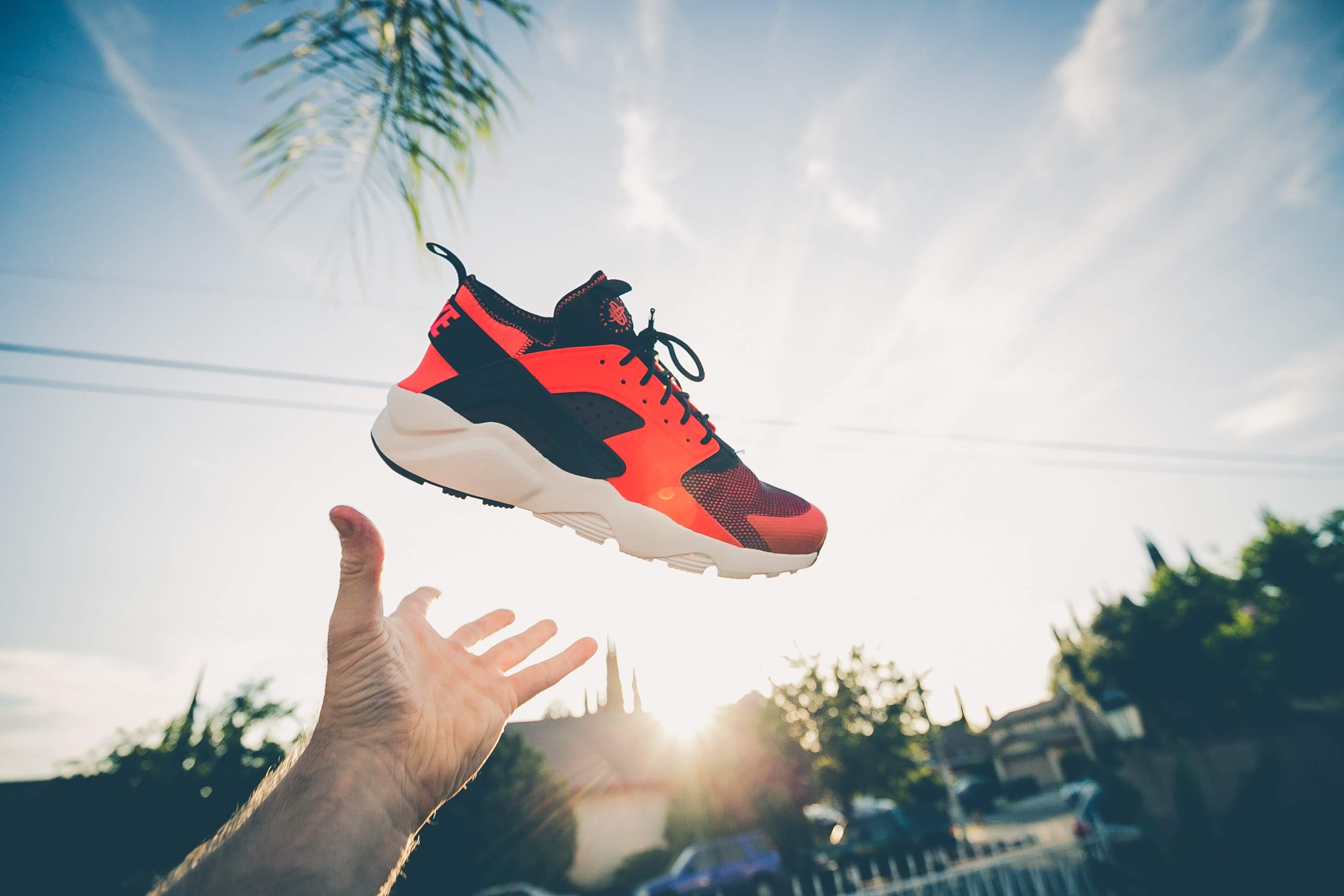
The type of shoe you’re wearing. Ask any longtime runner, and they will tell you there’s nothing more valuable to a runner than the right pair of shoes. Spend a little bit of time and money, and your investment will be returned to you many times over – with the right shoe, you can definitely boost your load transfer.
The strength of your different muscle groups. One of the many benefits of cross-training in different disciplines, such as hiking, surfing, and trail-running: you will exercise and strengthen small muscle groups you may not be targeting when running. This can improve your balance, your proprioception, and ultimately lead to a safer and more controlled load transfer.
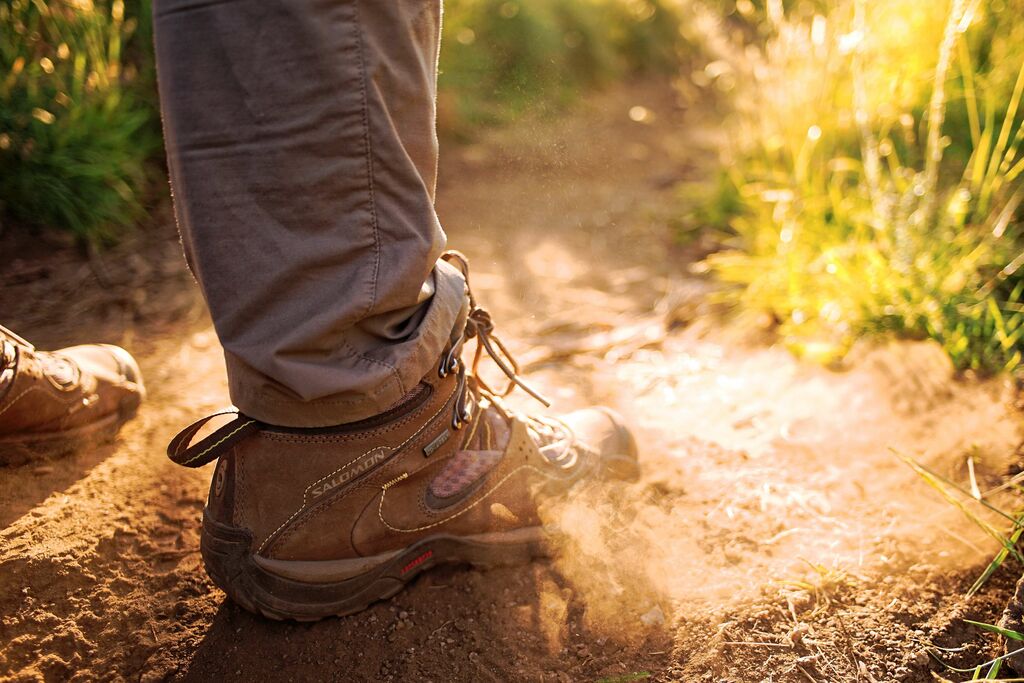
Your good or bad habits as a runner. This is a tricky one, because how are you supposed to know what your good or bad habits are? Well, there are two simple options. 1) Ask a friend, coach, or running partner to watch you run and give you pointers. 2) Videotape yourself running (this is easiest on a treadmill) and then compare the results with your favorite professional runner.
Sources
- , Running Biomechanics, Informational
- , The Science of Running, Excerpt from book
Latest Articles
 Is Running on a Treadmill Easier Than Running Outside?Runners have their own preferences, whether it is treadmill running, running outside on the road, or exploring trails. So...
Is Running on a Treadmill Easier Than Running Outside?Runners have their own preferences, whether it is treadmill running, running outside on the road, or exploring trails. So... Is It OK to Use Trail Running Shoes on the Road?While trail running shoes can be used on roads, especially in situations where a runner encounters mixed terrains or pref...
Is It OK to Use Trail Running Shoes on the Road?While trail running shoes can be used on roads, especially in situations where a runner encounters mixed terrains or pref... How to Fix Sore Quads After Running?Rest, ice, gentle stretching, and over-the-counter pain relievers can help soothe sore quads after running. Also, ensure ...
How to Fix Sore Quads After Running?Rest, ice, gentle stretching, and over-the-counter pain relievers can help soothe sore quads after running. Also, ensure ... 10 Fruits With The Most Electrolytes to Replace Sports DrinksThese fruits are high in electrolytes such as potassium, magnesium, and calcium, essential for hydration, muscle function...
10 Fruits With The Most Electrolytes to Replace Sports DrinksThese fruits are high in electrolytes such as potassium, magnesium, and calcium, essential for hydration, muscle function...

